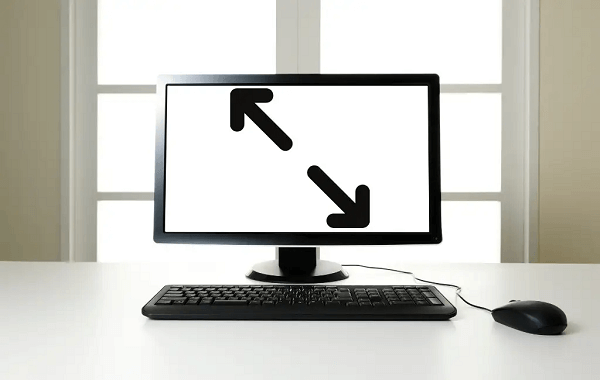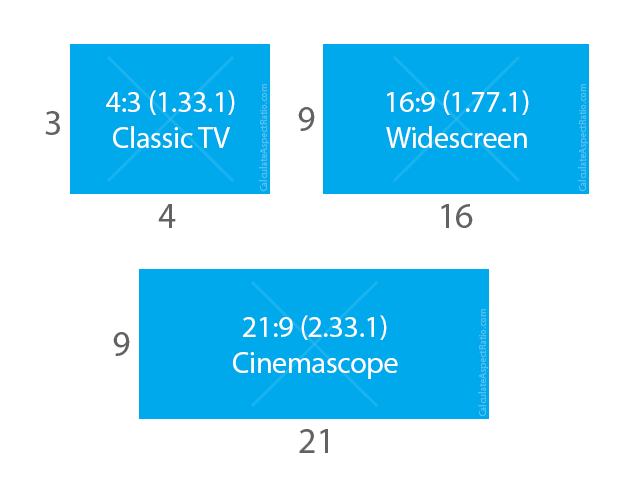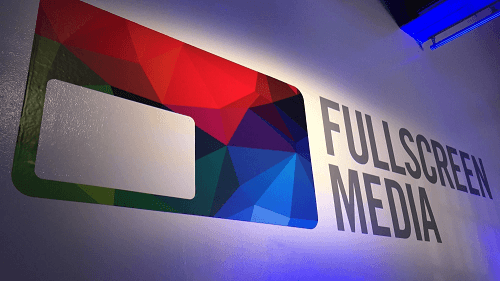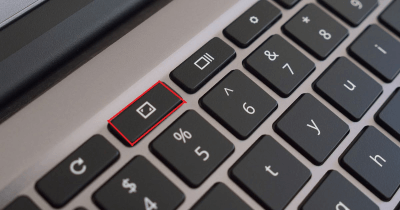What is a Fullscreen?Fullscreen is a display mode in which an application or a webpage takes up the entire computer screen. This display mode is designed to provide a more immersive user experience by eliminating distractions from other interface elements such as toolbars, borders, and other on-screen clutter. When an application or a webpage is in full-screen mode, it occupies the entire screen space, allowing the user to focus entirely on the content displayed. 
Purpose of FullscreenThe primary objective of Fullscreen mode is to provide a more immersive and focused user experience. It is designed to eliminate distractions and allow the user to concentrate solely on the content displayed on their computer screen. This mode is particularly useful for media-rich applications such as video players, games, and other interactive content that require the user's full attention. The application or webpage takes up the entire computer screen in fullscreen mode, effectively hiding the toolbar, borders, and other on-screen elements. This allows the user to focus on the content without being distracted by other interface elements. Fullscreen mode is also useful for applications that require a lot of screen space, such as photo or video editing software. Maximizing the screen of real estate allows these applications to be used more efficiently, improving the overall user experience. Another benefit of fullscreen mode is increased productivity and efficiency. Users in fullscreen mode are less likely to be distracted by other applications, pop-up notifications, or other interface elements. This allows them to focus on their work, improving productivity and efficiency. Additionally, the fullscreen mode can also enhance the overall user experience. For example, when watching a movie or playing a game in full-screen mode, the user can enjoy a more immersive and cinematic experience. The lack of distractions and the full utilization of the computer screen space can provide a more enjoyable and engaging experience for the user. Entering and Exiting FullscreenEntering and Exiting Fullscreen Mode can be done in the following ways: Entering Fullscreen Mode:
Exiting Fullscreen Mode:
Entering and Exiting Fullscreen Mode in Web Browsers:
Note: It's important to note that not all applications or webpages support Fullscreen mode. If a particular application or webpage doesn't have a Fullscreen button or keyboard shortcut, it may not be possible to enter Fullscreen mode. In these cases, checking the application or webpage's documentation or settings is recommended to determine if Fullscreen mode is supported.Differences between Fullscreen and Maximized Window
Fullscreen may also be described by one of the following:1) Fullscreen can also refer to a formatting process used to modify a movie to fit the aspect ratio of a display. It involves trimming the movie's edges to fit on the screen without black bars or letterboxing. Fullscreen formatting aims to provide a better viewing experience by making the movie fill the entire screen rather than having it surrounded by black bars. This is a common practice when the movie is filmed in an aspect ratio that is different from the aspect ratio of the display it is being shown on. The Fullscreen format ensures that the movie can be fully enjoyed on a TV or other display, regardless of differences in aspect ratios. In movie production, movies are often filmed in a 21:9 aspect ratio, commonly referred to as "ultrawide". This aspect ratio provides a more cinematic viewing experience by giving the movie more screen real estate horizontally. However, most televisions and displays have a 16:9 aspect ratio, commonly called "widescreen". This means that when a movie filmed at 21:9 is played on a 16:9 screen, black bars will be on the top and bottom of the screen. So to resolve this issue, the movie is processed to fit the 16:9 aspect ratio of the display. This process is called Fullscreen formatting. During the Fullscreen formatting, the edges of the movie are trimmed to fit the 16:9 aspect ratio of the screen, without any black bars or letterboxing. This results in a movie that fills the entire screen and provides a better viewing experience for the audience. 
2) Fullscreen can also refer to a media company founded in 2011. Fullscreen, Inc. provides services to YouTube creators to help them reach a wider audience and grow their channel. The company offers tools, optimization services, and consultation to help creators produce and distribute content effectively. Fullscreen's services are focused on YouTube, one of the largest video-sharing platforms, and are designed to help creators maximize the platform's potential to reach their target audience. In 2014, Fullscreen, Inc. became a subsidiary of Otter Media, a digital media company that provides end-to-end video solutions for its customers. The acquisition by Otter Media allowed Fullscreen to expand its services and reach a larger audience. The combination of Fullscreen's expertise in helping YouTube creators and Otter Media's resources and experience in the media industry have allowed the company to become a leading provider of video solutions. 
3) Fullscreen can also refer to a specific feature on Google Chromebook keyboards, used to toggle the browser in and out of full-screen mode. An icon of a box with an arrow in the top-left and bottom-right corners identifies the Fullscreen key. When the Fullscreen key is pressed, the browser, usually Google Chrome, expands to fill the entire screen, hiding the top toolbar, tabs, and other user interface elements. Full-screen mode is a display mode that removes the window borders and other interface elements, leaving only the content displayed on the screen. This mode is useful for increasing the real estate screen for the content being displayed, such as videos, games, or presentations. By pressing the fullscreen key, users can quickly and easily switch to full-screen mode and then press the key again to return to windowed mode. 
Next TopicWhat is Enter
|
 For Videos Join Our Youtube Channel: Join Now
For Videos Join Our Youtube Channel: Join Now
Feedback
- Send your Feedback to [email protected]
Help Others, Please Share









